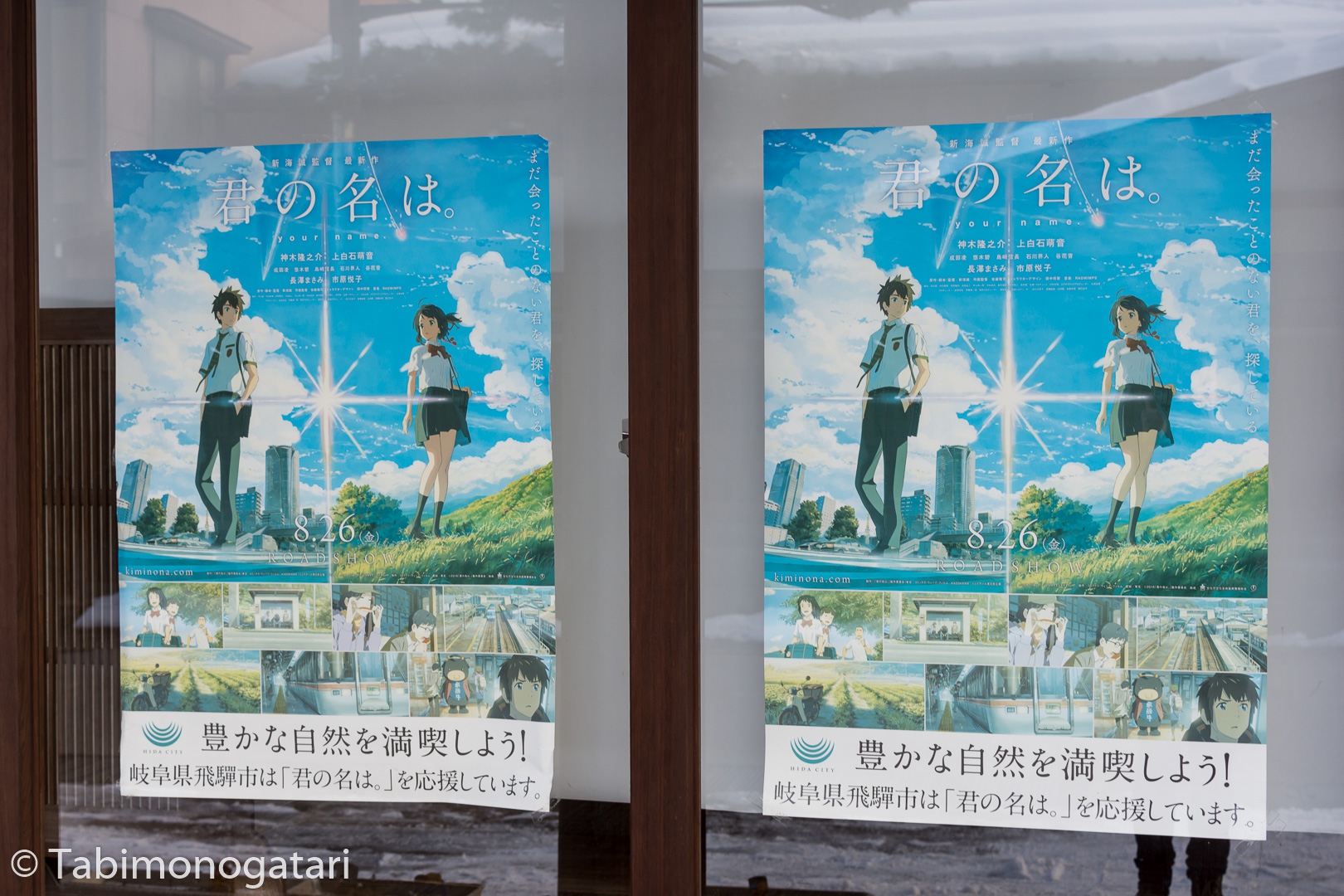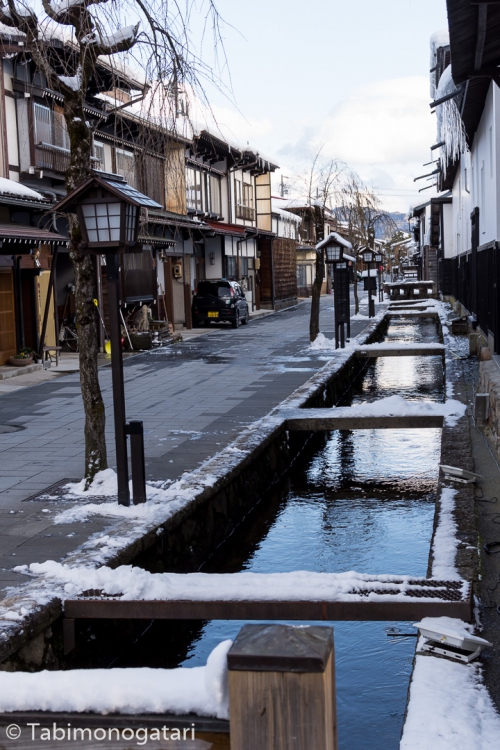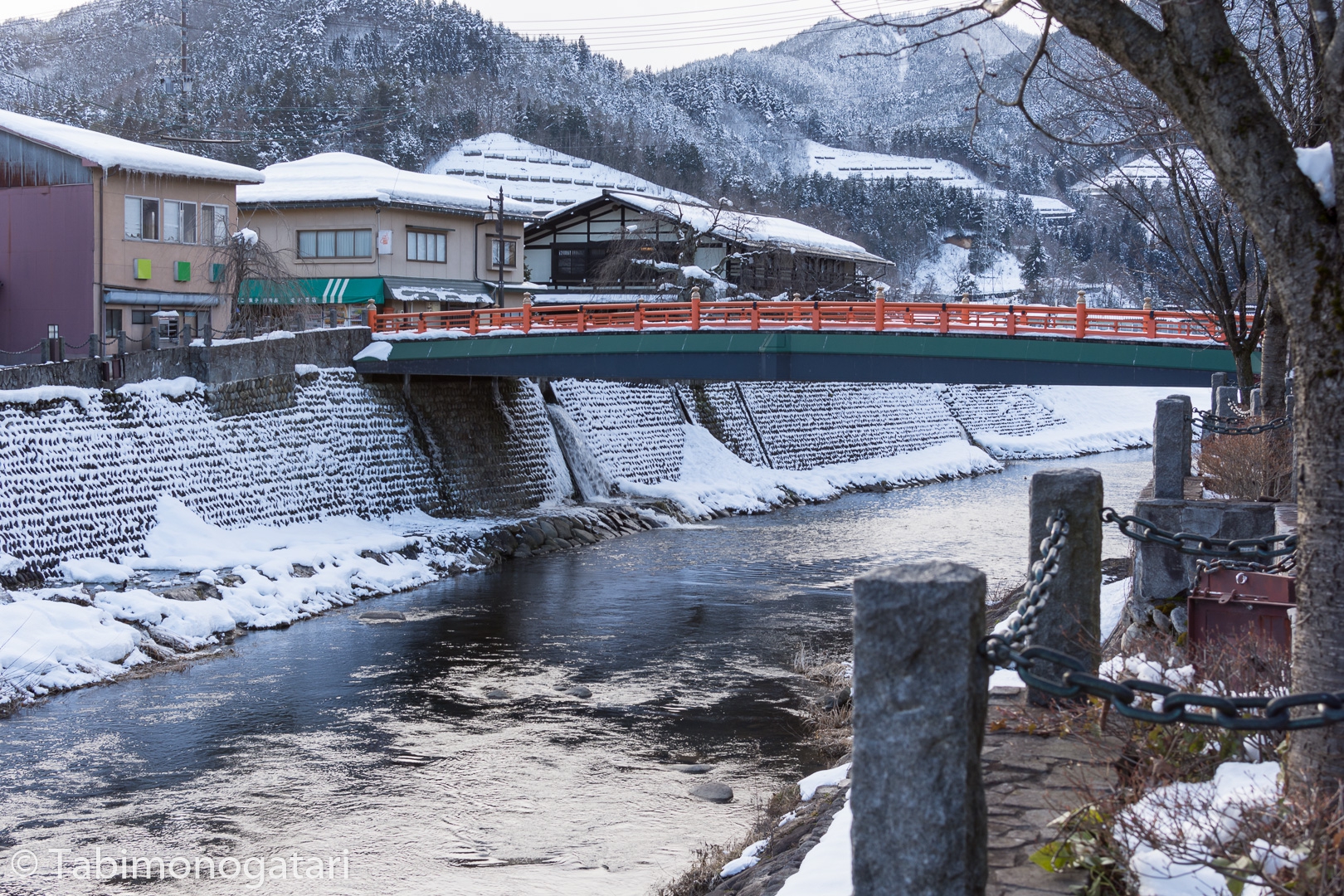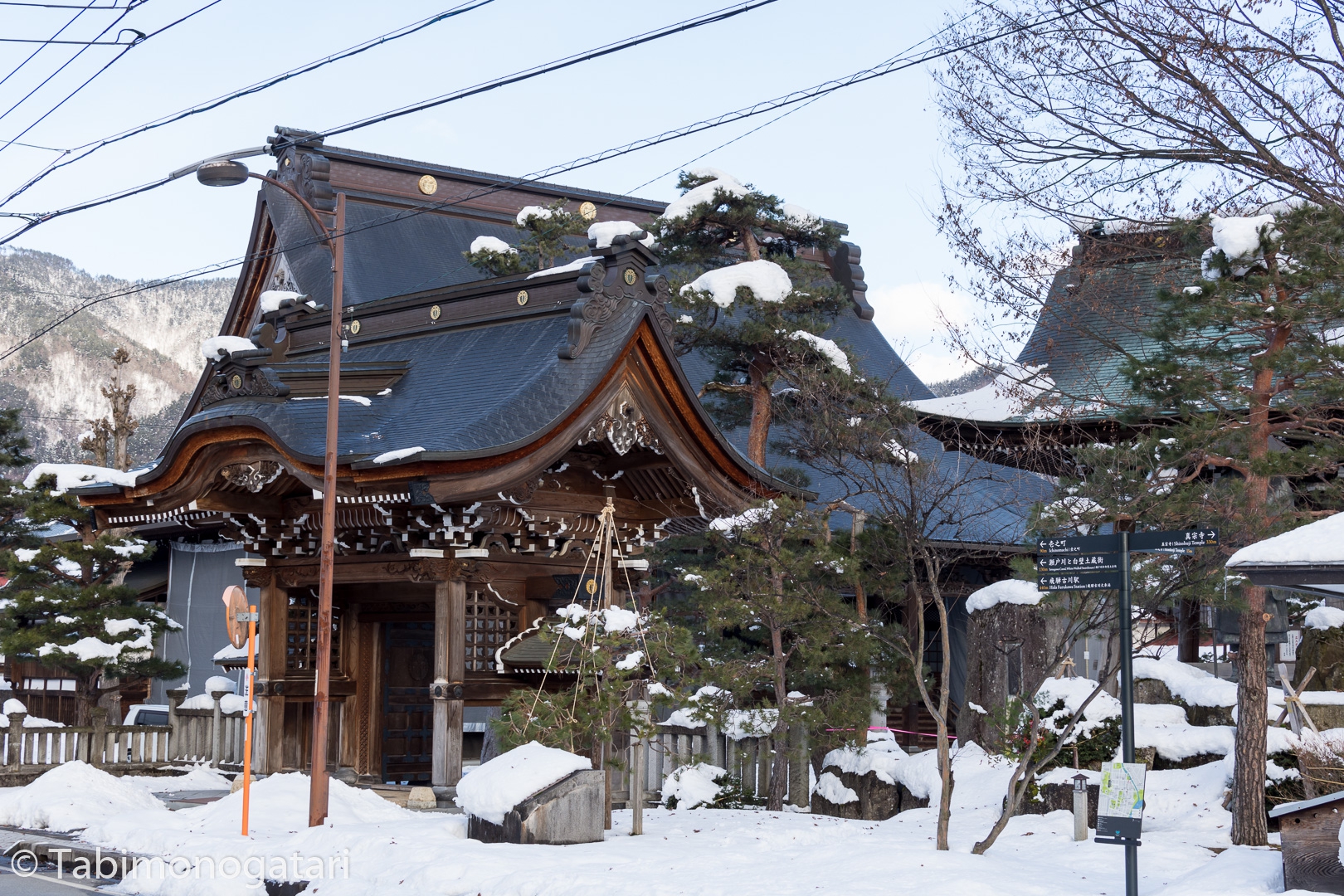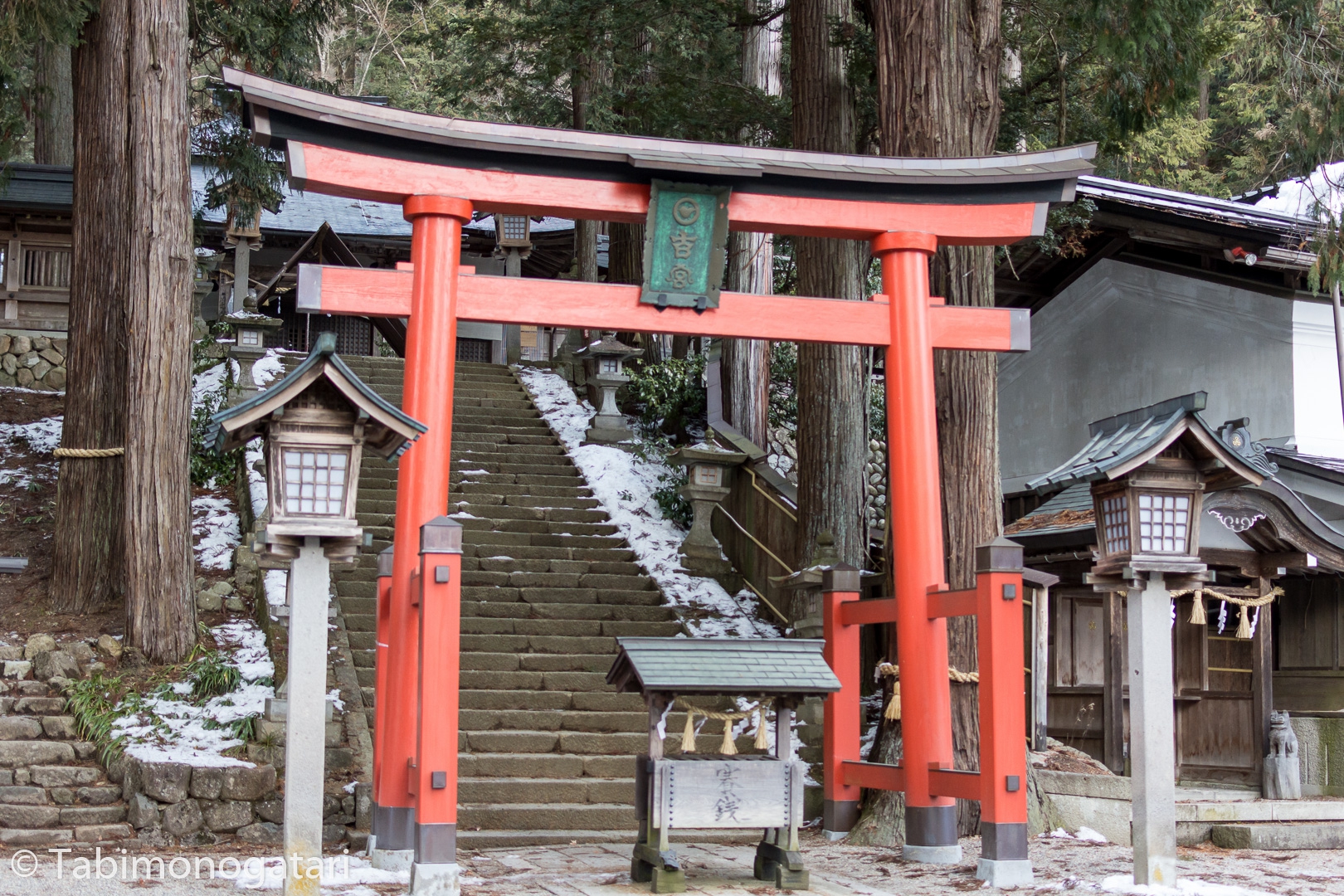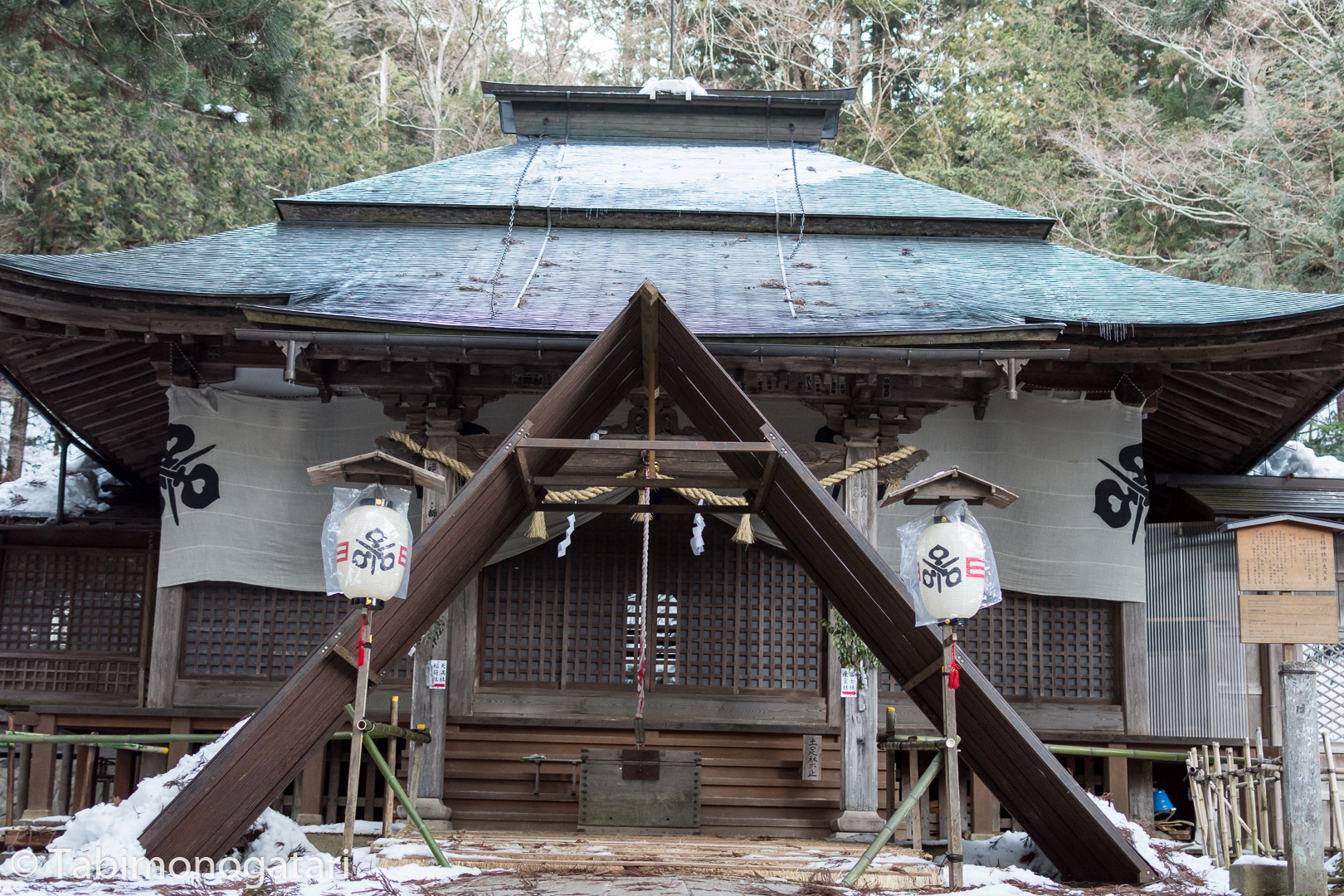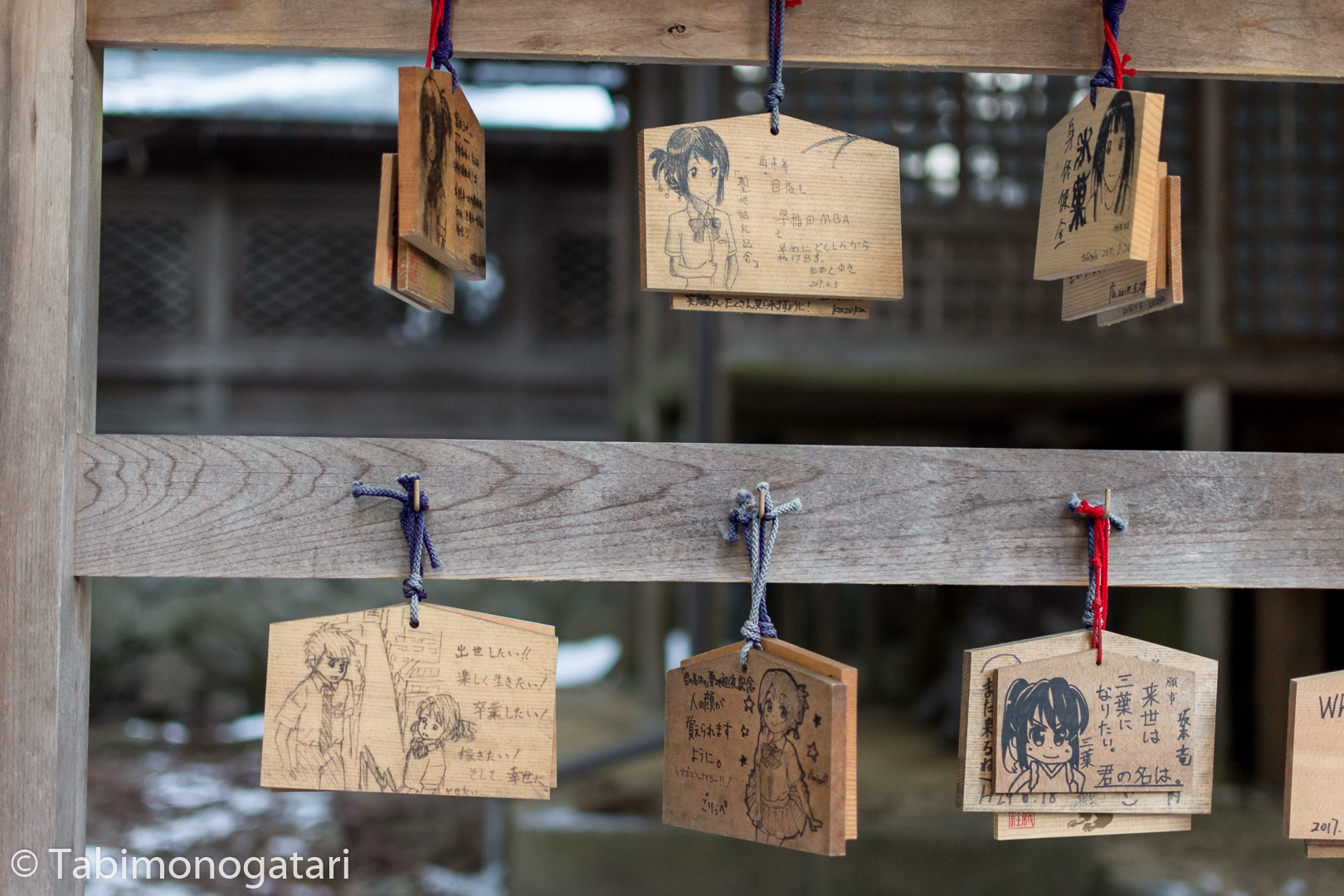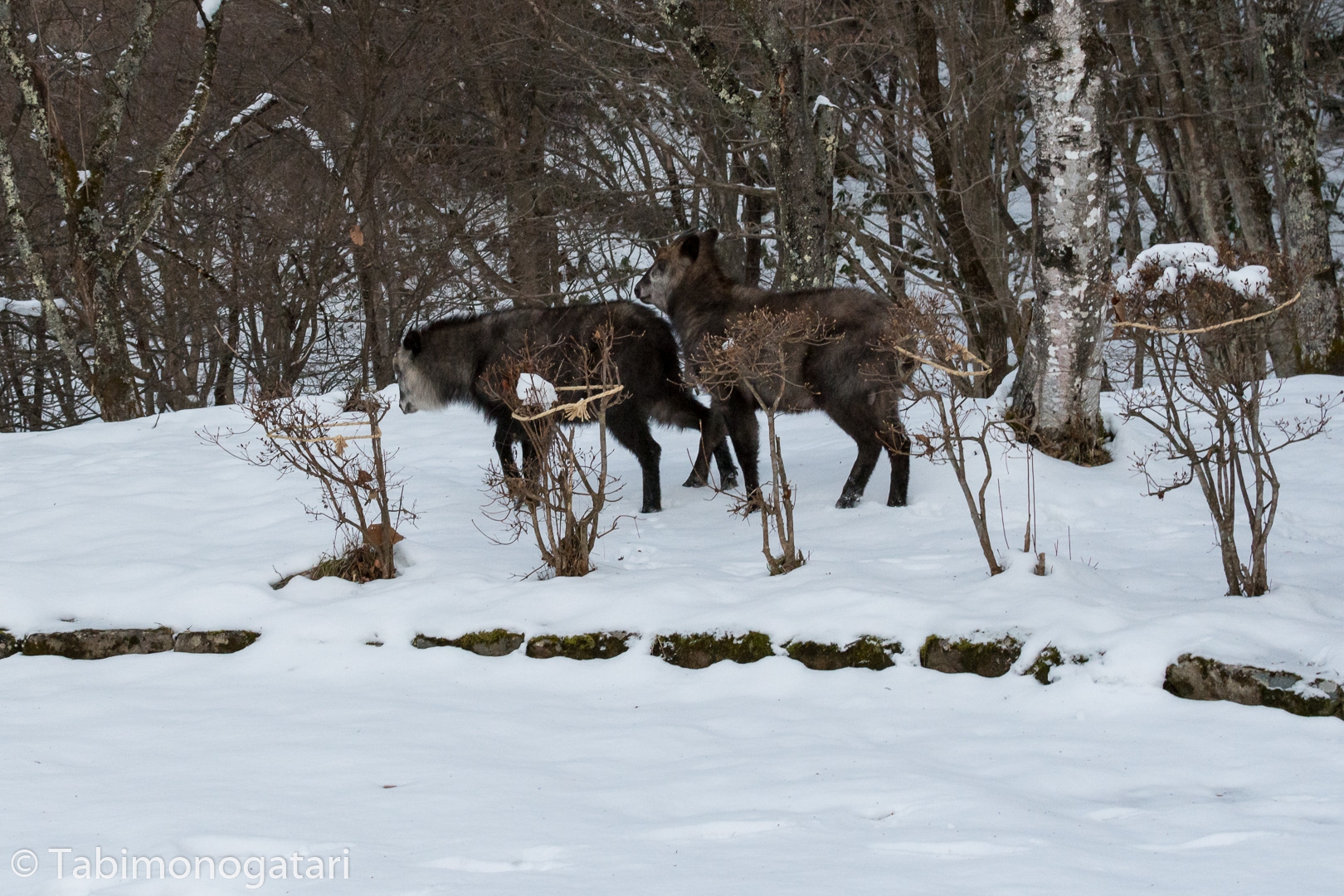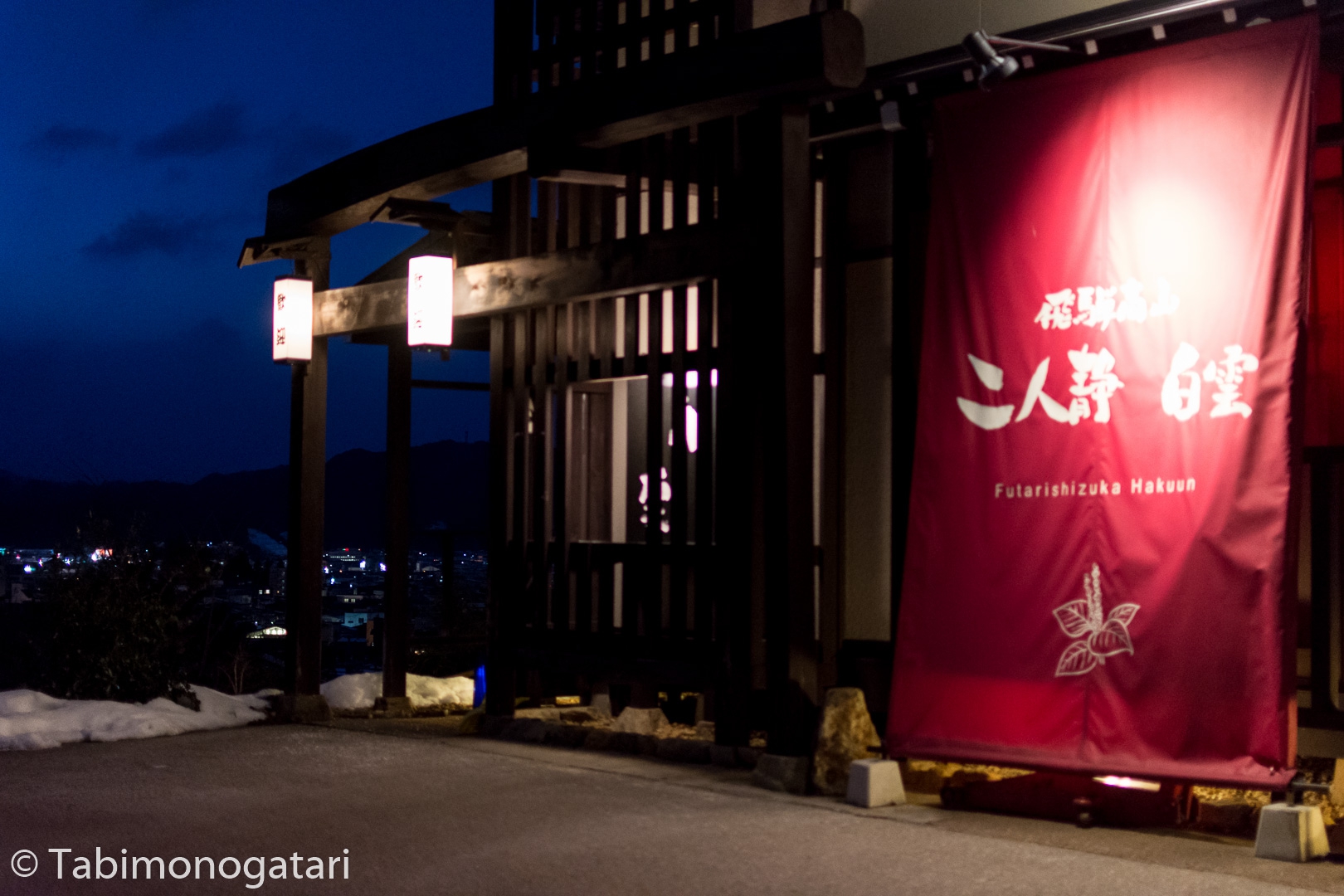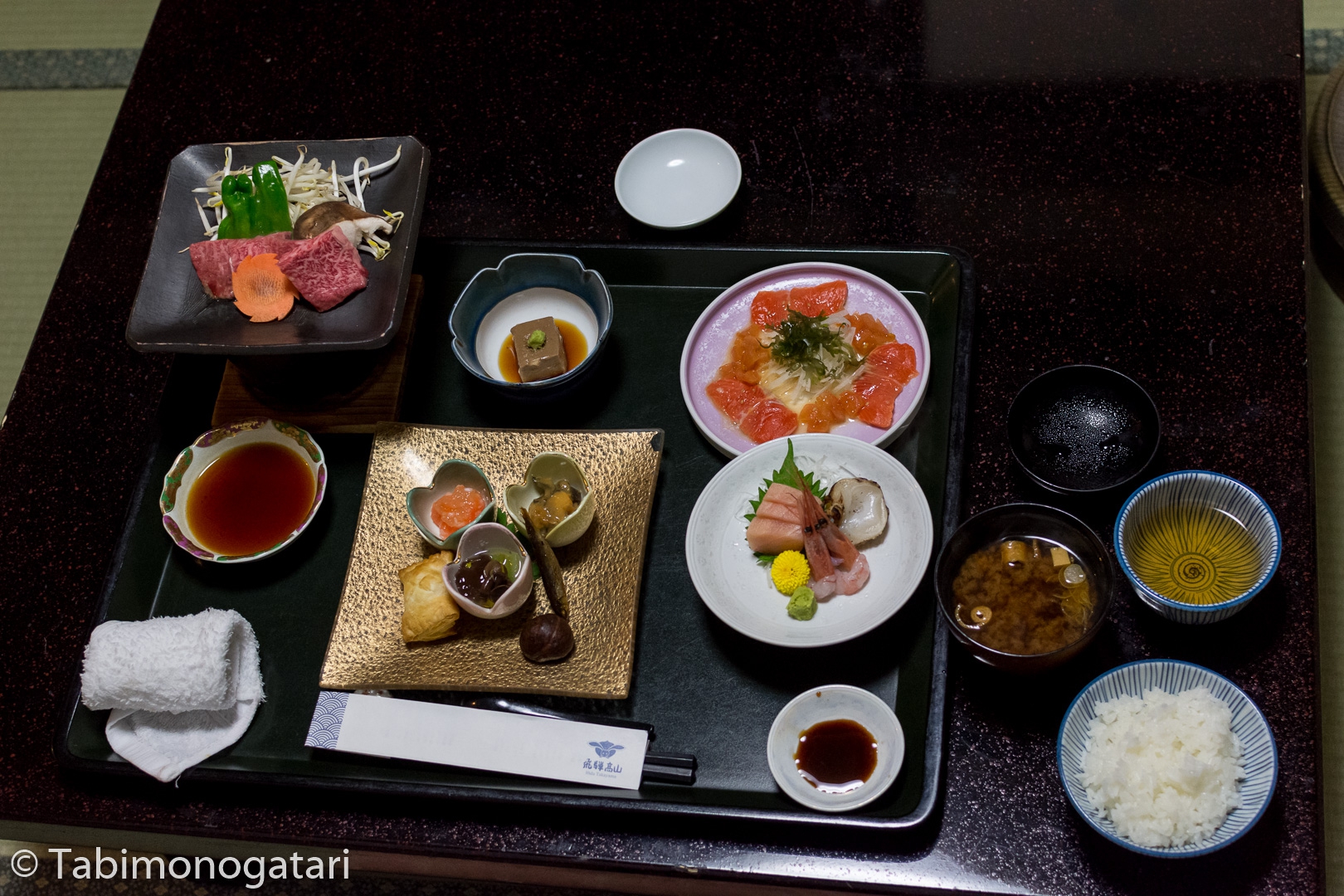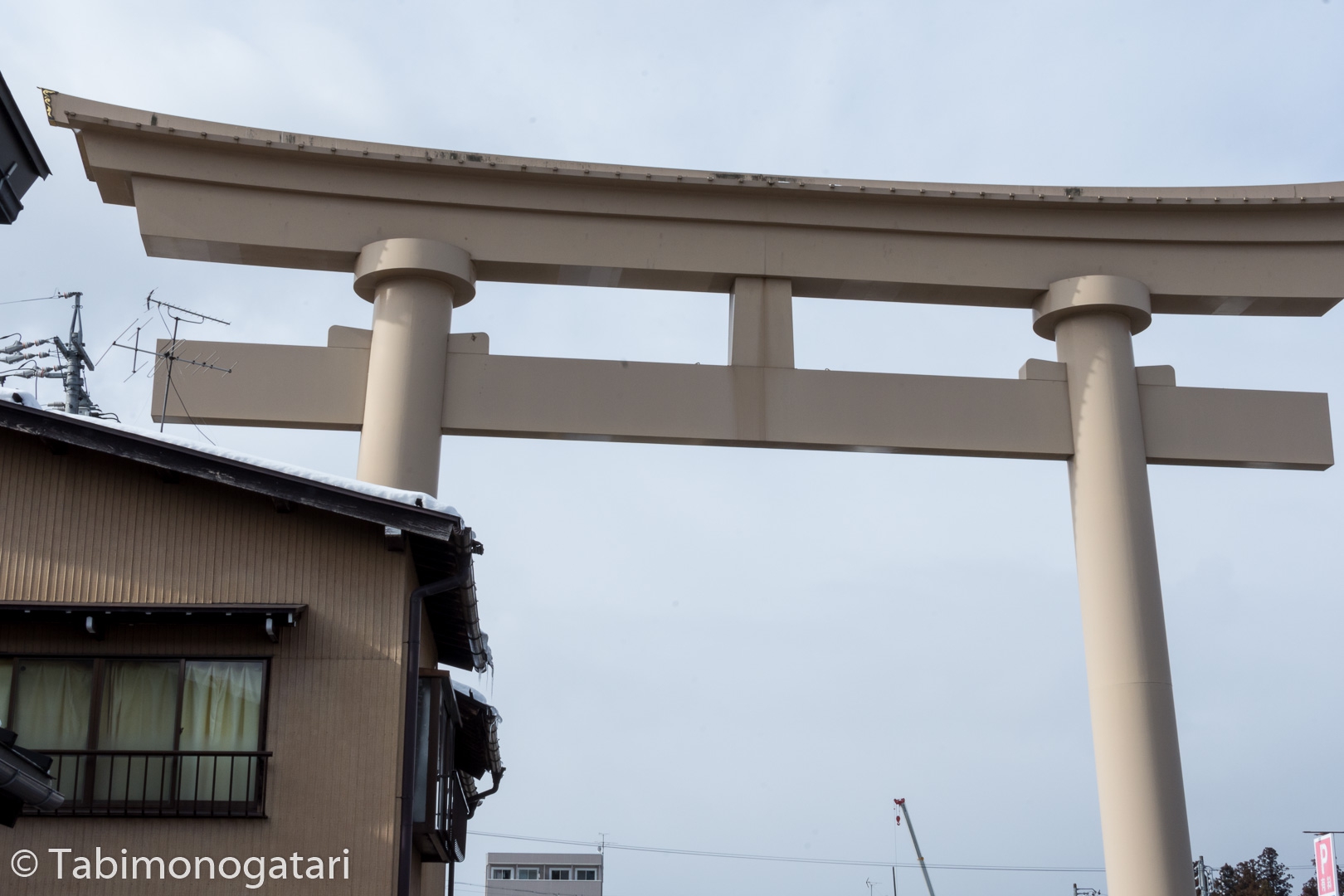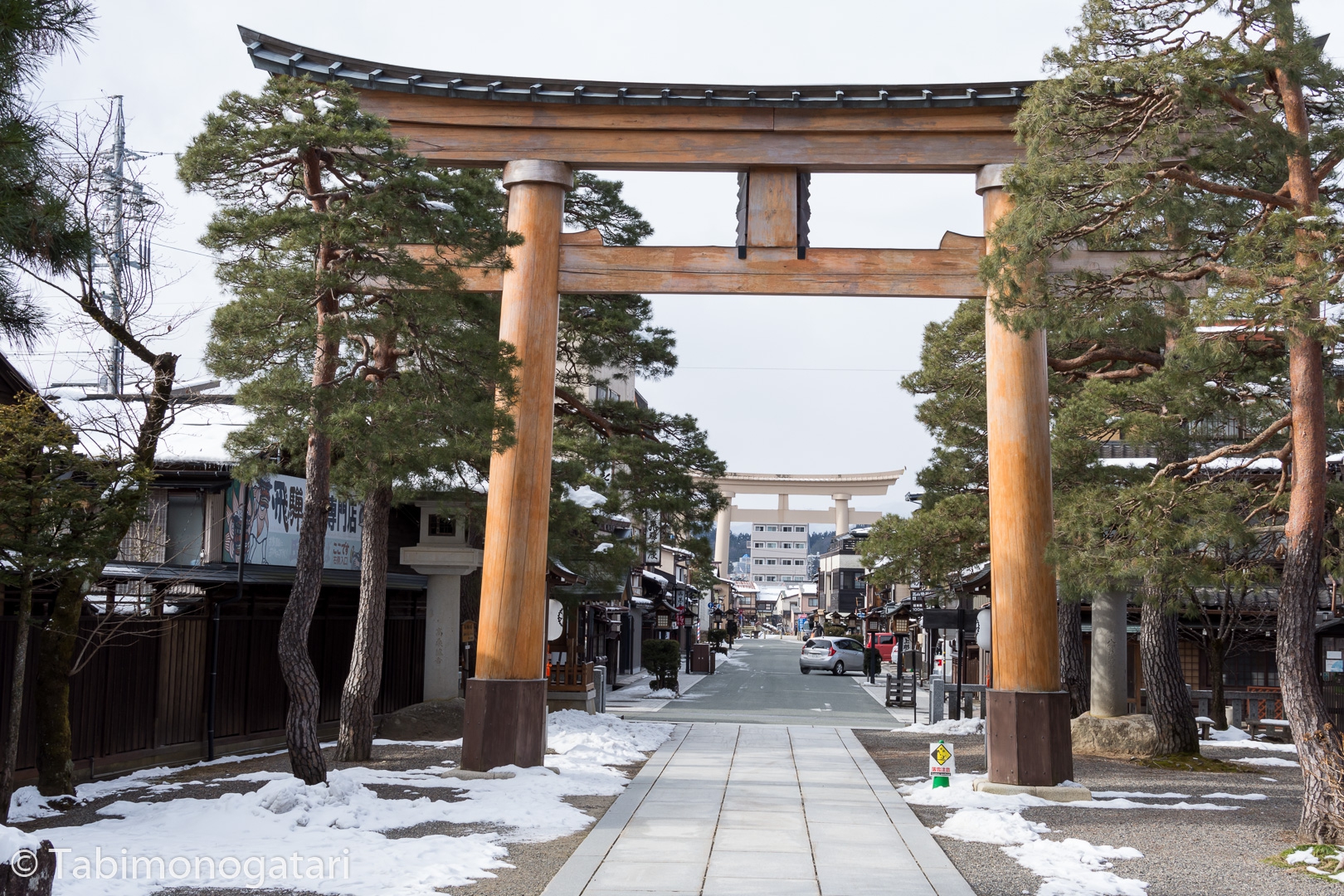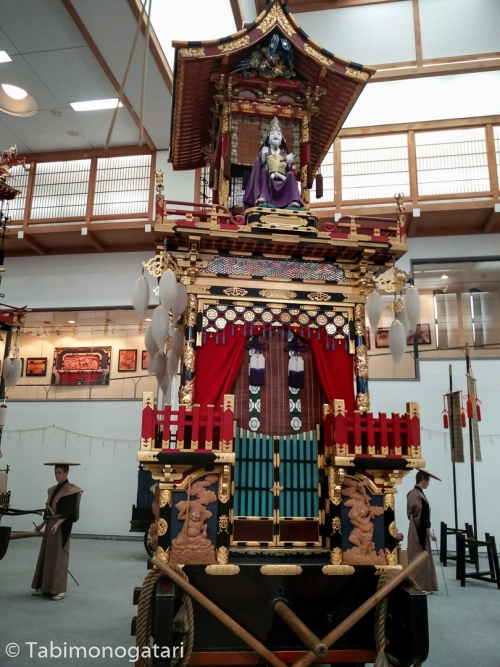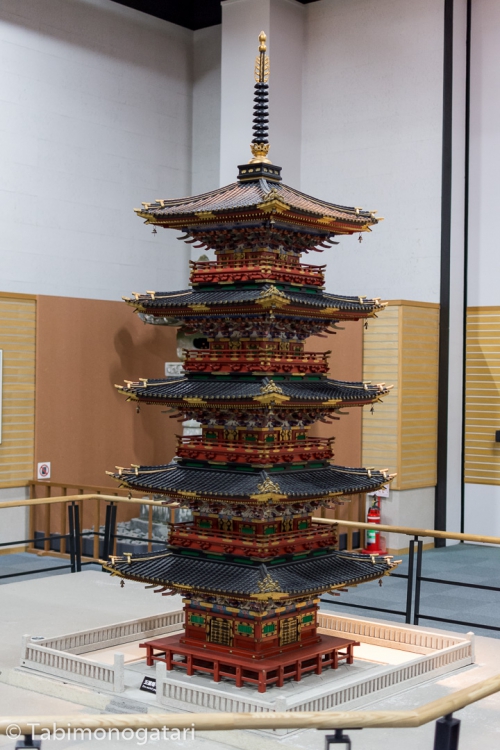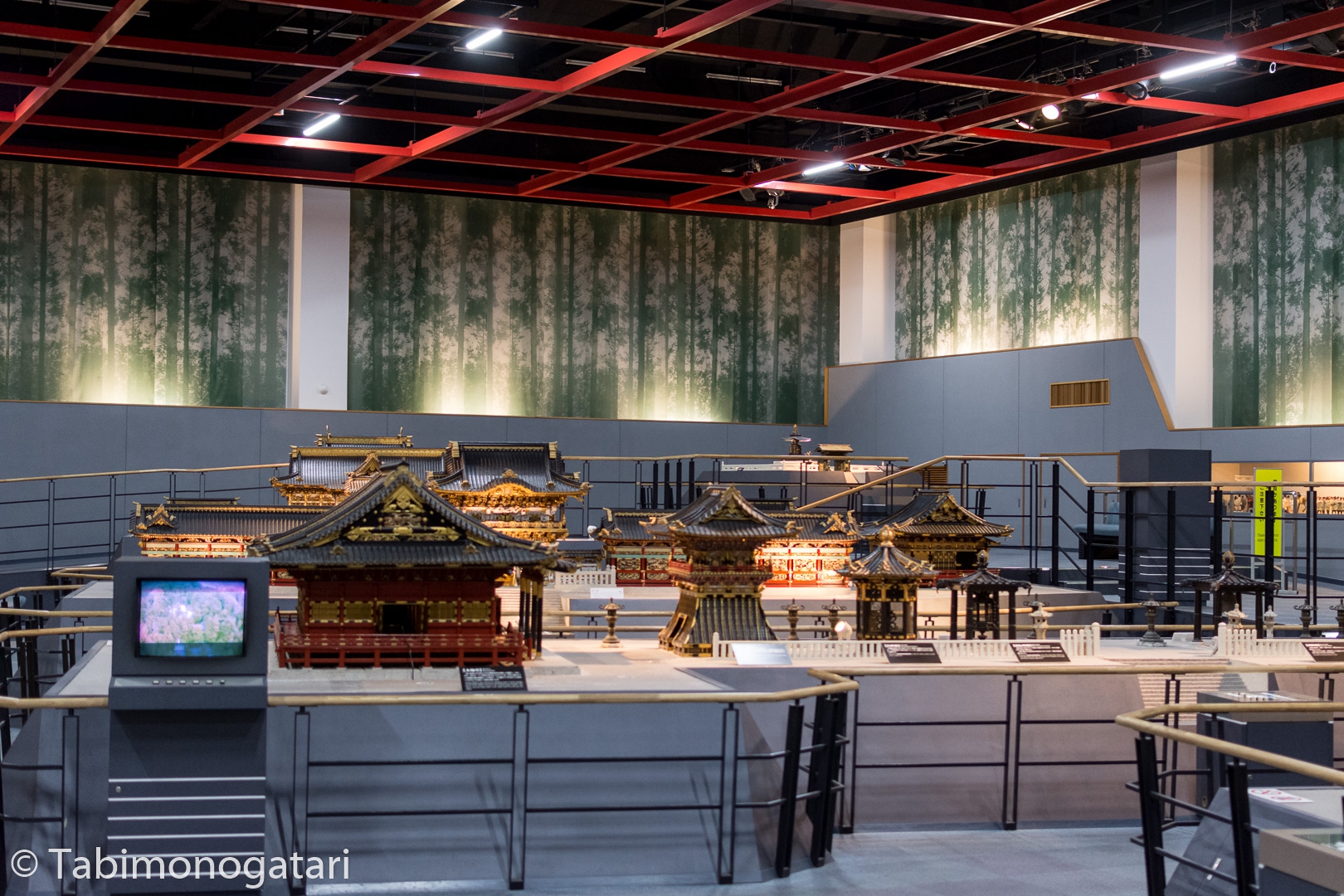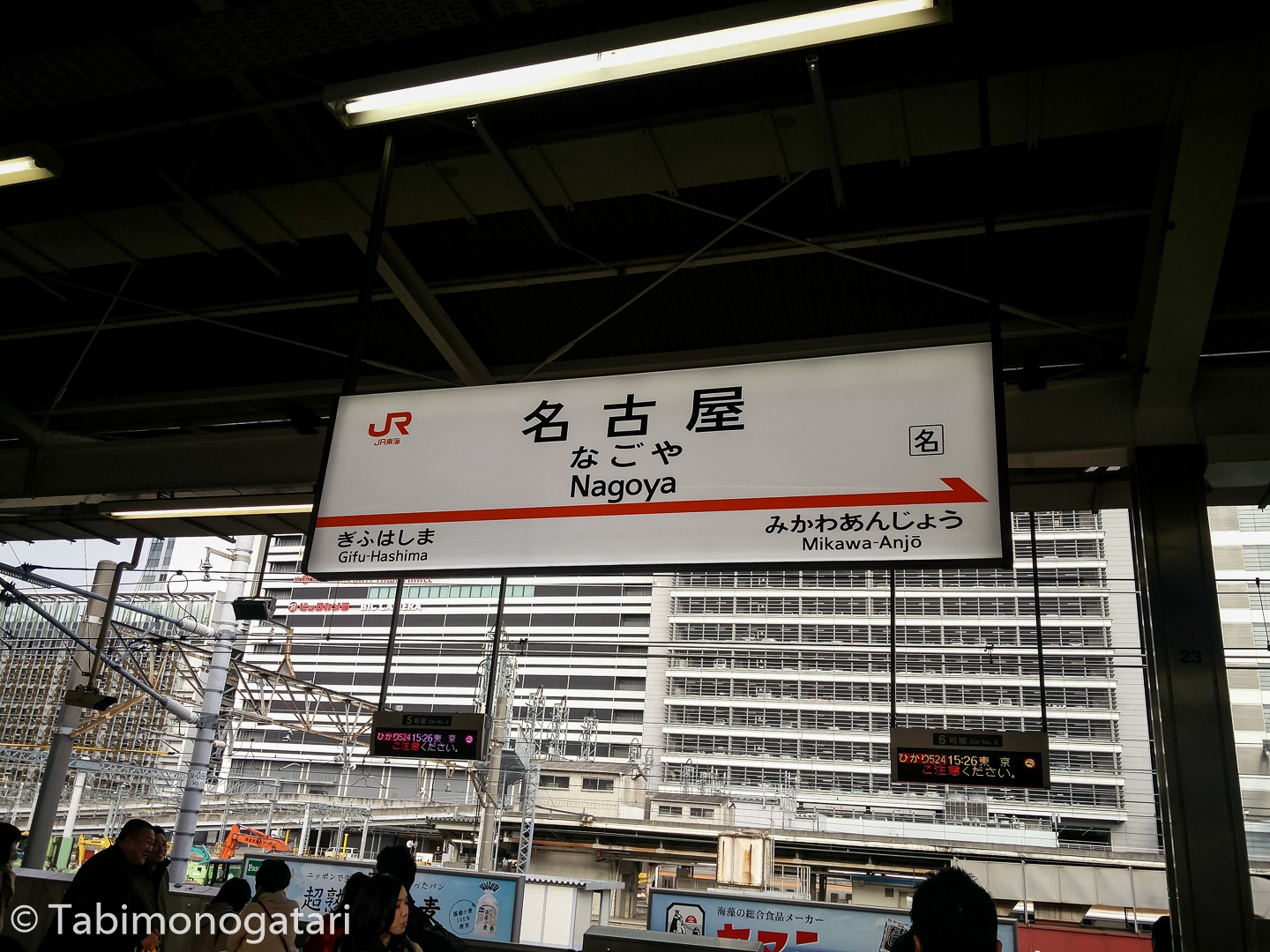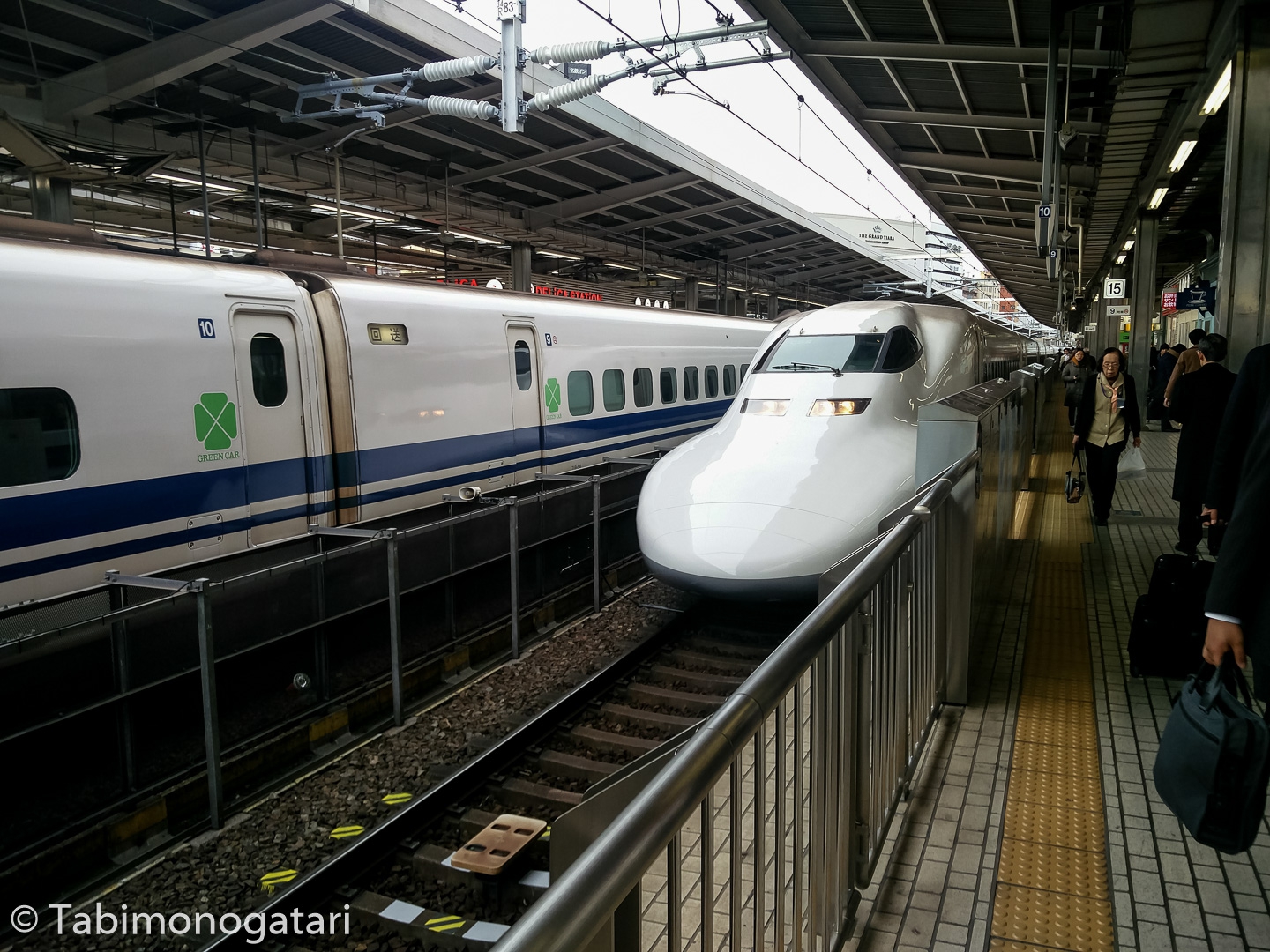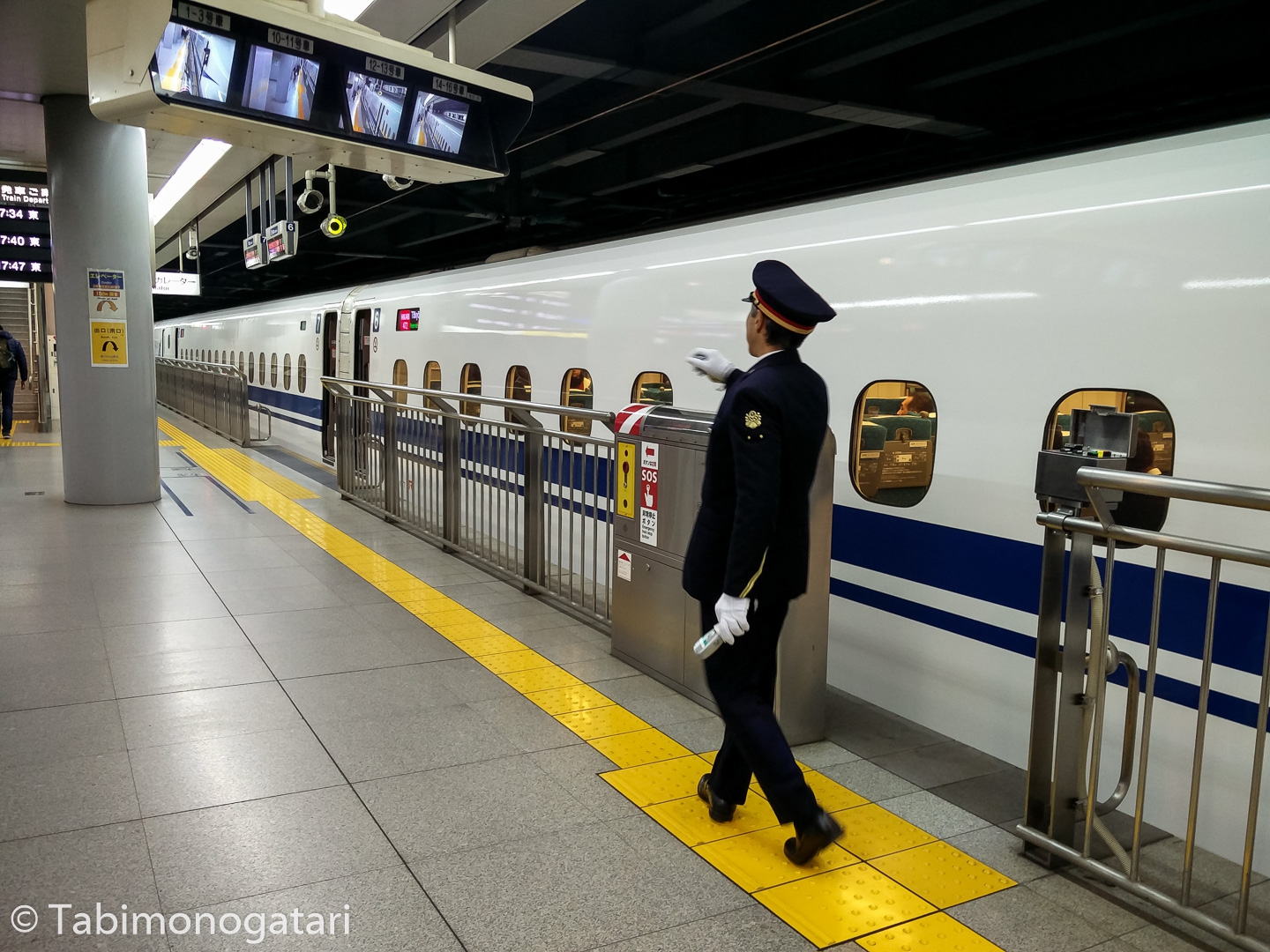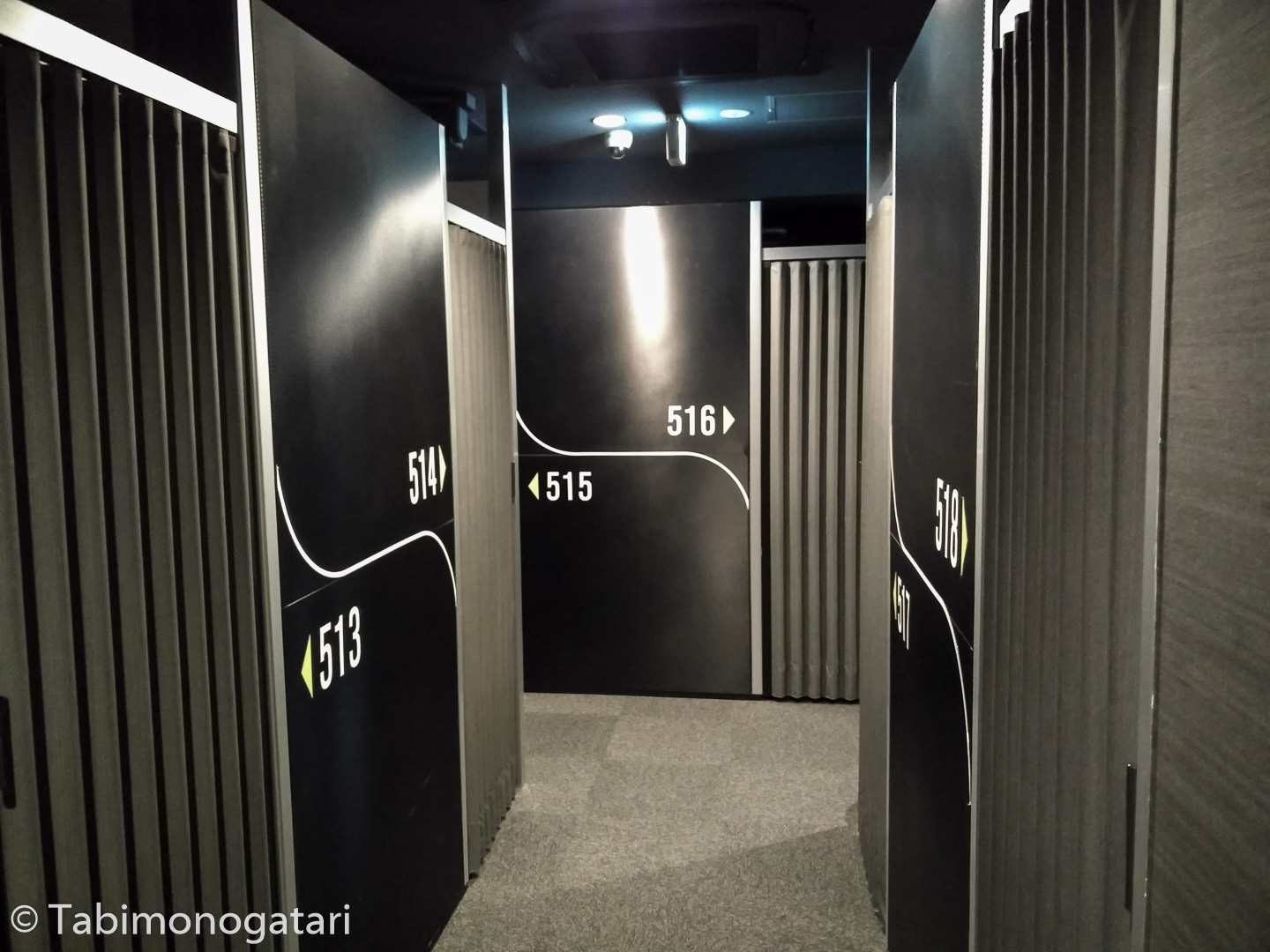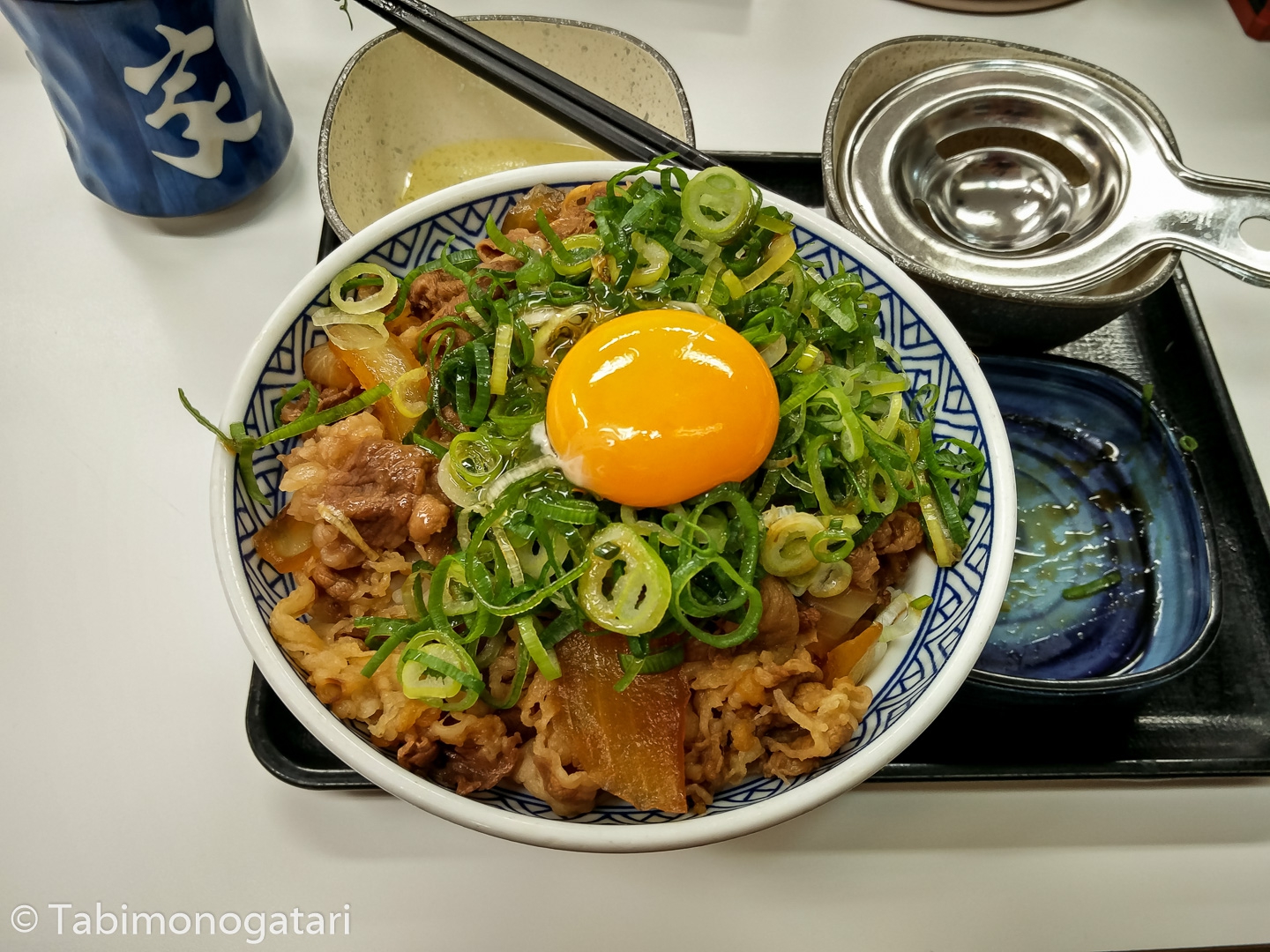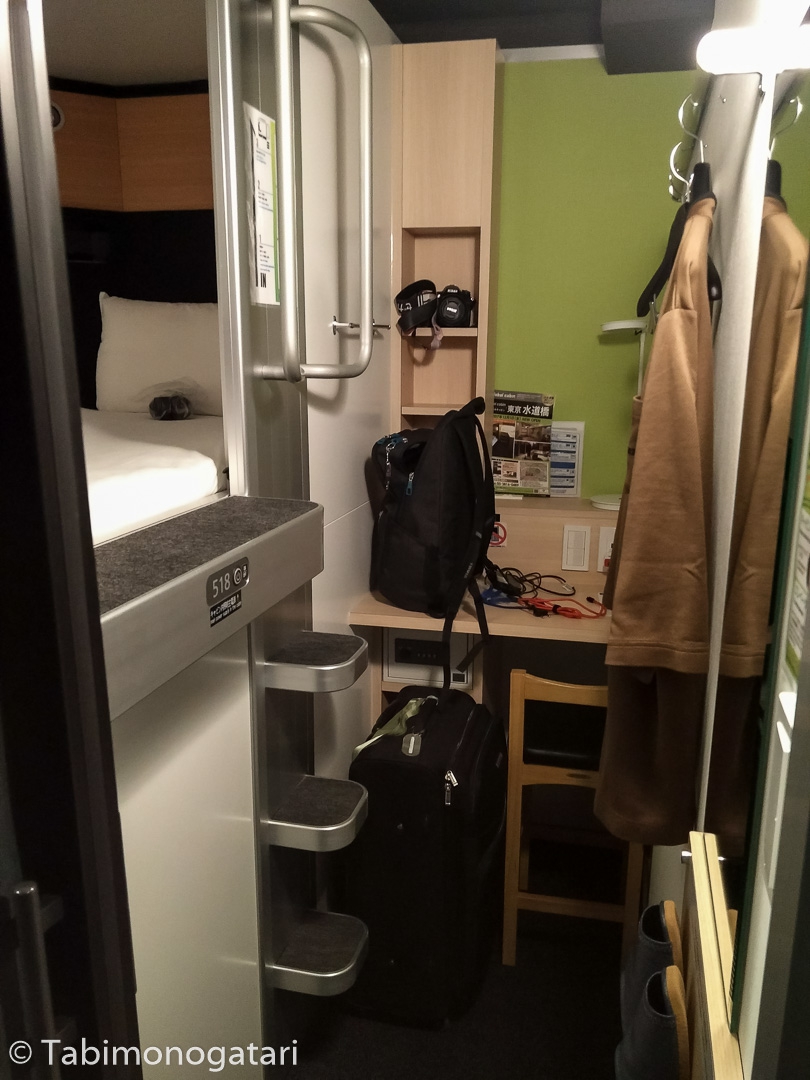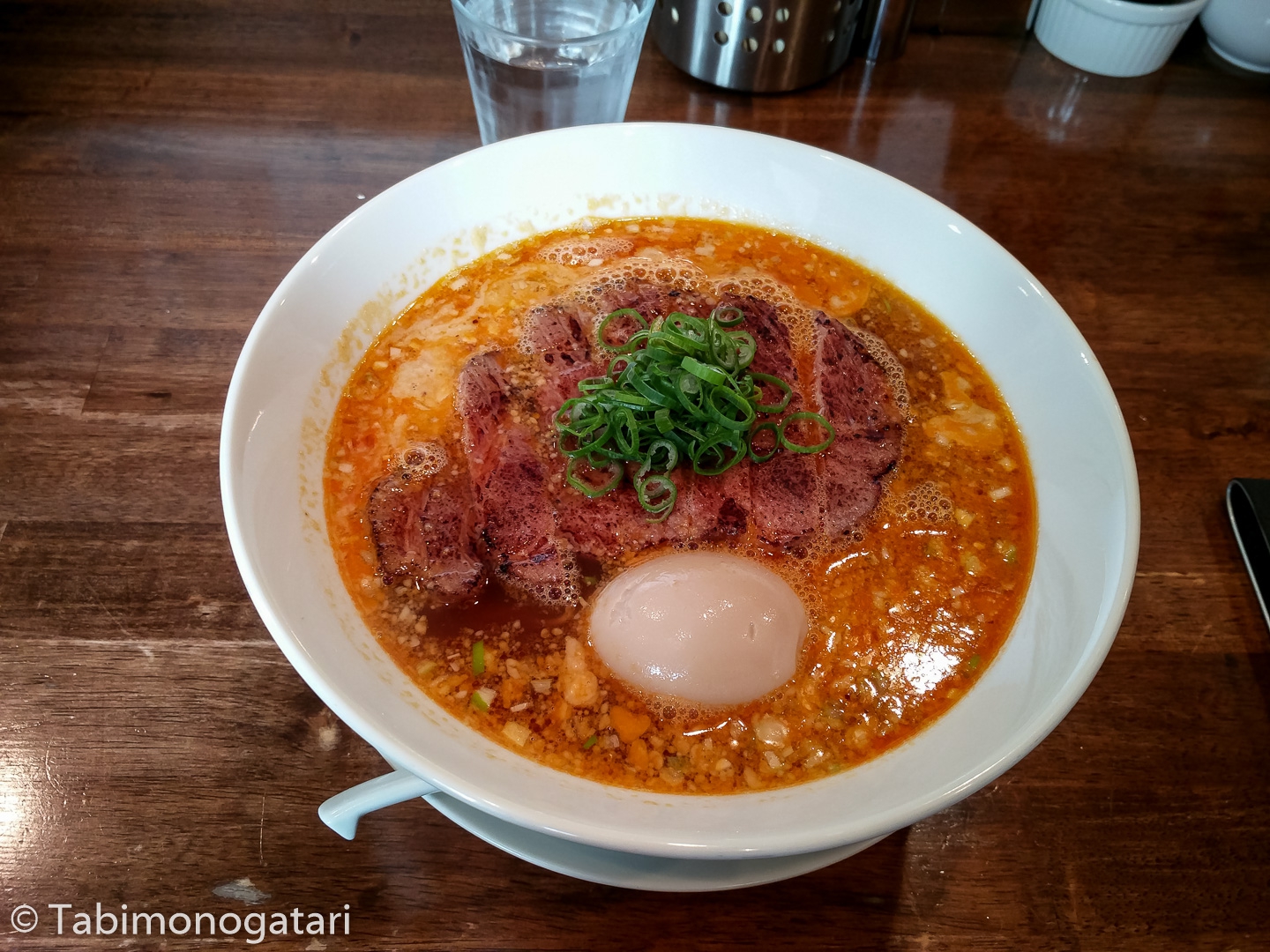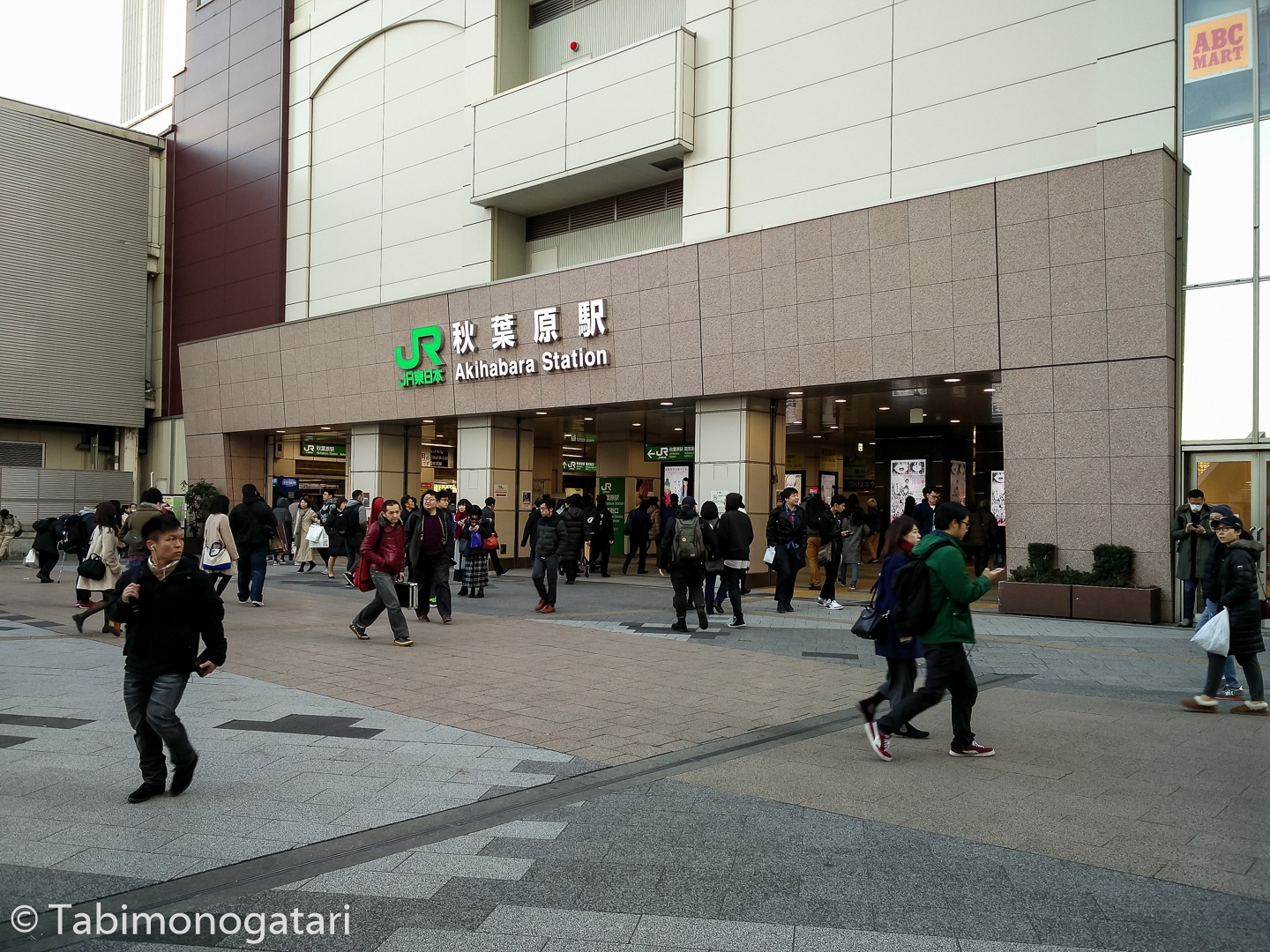A day with so many things going on, I had to split the log into two. Continuing from the last article, I arrived in Takayama in the afternoon after the bus tour to Ainokura and Shirakawago ended.
Hida-Furukawa
It was tight, but I made it on the next limited express service for Hida-Furukawa, the next town north of Takayama which is just 15 minutes away. As the name suggests, both towns lie in the Hida region and share their regional heritage.
The reason to come here was largely influenced by a certain movie by Makoto Shinkai for which he used some places in the region as reference. I enjoy his works since his first theatrical feature and thanks to the disk release I could finally watch Kimi no na wa last year. Doing pilgrimages to places that were used as references for anime is something I like to do once a trip.
The easiest to access and most obvious spot is the station itself.
And that is already, haha. There is one more spot in Hida-Furukawa but since it is hard to access even by car I did not do the effort. Instead, I had a look at the town center and the canal that flows through a street with traditional houses. The Honkoji temple was also worth seeing.
To catch the next train back to Takayama and make use the last bright hours there, I left Hida-Furukawa already half an hour later. Even though it was short, it was an enjoyable visit and I think the town deserves a second, longer visit.
Hiking in Takayama
Feeling highly motivated I walked to the Hie shrine in the Eastern end of the town that also served as a reference spot for Kimi no na wa. This is the shrine where Mitsuha performed.
The shrine lies on the foot of a mountain on top of which used to be the castle of Takayama. Now only ruins remain but I found it interesting to visit them, so I hiked up the mountain while the sun was setting. In hindsight, it was a bit late to engage on such an adventure. Thanks to GPS and a map I always knew where I was, so I thought I could handle it anyways.
But there is no way I could have known that I would meet wild animals.
Halfway up the mountain there was a photo spot from which I could see the town in the soft dusk light. So far, so good. But when I turned around, there was not a bear, there were two!
We exchanged glances for a long moment and I went through my mind how to ward them off. Then, one poked the other with the intent I interpreted as ‚let’s move on‘. The two then walked away and once I felt safe I took a photo of proof. Later I saw a sign warning hikers for bears as they were recently sighted in the area.
When I reached the top of the mountain the sun had already set. I needed longer than I expected but I want to blame this on the icy trails. Calling the remains of the castle ruins goes too far, as there were basically just a few rocks and some stones marking the dimensions of the former. The descending route was shorter, but more winded at the same time, so it took some time to descend to my ryokan which was not far from Shiroyama Park.
Just as planned, I arrived just before 6, dressed in my yukata and eagerly awaited dinner that was served in my room. Five minutes to six two women of the inn came to rearrange the furniture and brought in a multitude of delicious dishes, including two cuts of glorious Hida beef.
Cultural exchange or which team wins three free beers?
By pure coincidence I heard of the monthly occurring English speaking party in Takayama when I arrived at the station and checked the tourism office. The idea behind the get-together is to help local Japanese people to improve their conversation practice in an informal environment and get to know new people. While Japanese guests had to pay an entrance fee, foreigners were welcomed free of charge.
When I arrived, the place was already filled with a 1:1 ratio of Japanese people and foreigners. On a name card I indicated that I was visiting Takayama and not living here, which would have been other option. With party games the ice was broken and we needed to use language to win the competitions. First, we had to order ourselves in the order of our Chinese zodiac sign, then we needed to guess the word behind somebody’s doodling. It was great fun and I met some nice people that evening.
More sightseeing in Takayama
The next morning I followed the same morning routine with a bath, followed by a full-course breakfast.
Takayama’s morning markets are held every day, but they had less to offer than in Summer was my feeling. Time flew by fast anyway and I needed to hurry to be back at the ryokan for check-out. At the station I locked away my suitcase and backpack and headed to the town center once more.
Again by pure chance I met Ryo from yesterday’s event who joined me spontaneously on the way to the Takayama Festival Yatai Float Building, next to the Sakurayama Hachimangu Shrine. The shrine must be of great importance, as the festival parade begins there and look at the size of this tori!
The museum exhibits four of the 23 giant floats and exchanges them three times a year. There are some English signs with some guidance of the specifics of each float. In a projection room a short film showcased how the autumn festival looks like. Seeing all this, I wish to come back to Takayama to experience it in person.
Right next to it is another building in which you will find a detailed model of the grounds of the Nikko Toshogu temple area dedicated to Tokugawa Ieyasu. Having visited Nikko, I can vouch for the intricate detail the local carpenters have put into these replicas.
There was one more place I absolutely needed to try out. Since reading about Hida Kotte’s Hida Beef sushi I looked forward to try them out. When we arrived, two out of four items on the menu were already sold out and a short queue has formed. Luckily we could snatch one of the premium sets each with two pieces of Sirloin beef topped with spring onions and wasabi.
Ryo accompanied me until the station and we exchanged contact details, so we could meet up again someday. He was also here for a vacation and is working in a hotel in Osaka.
Speeding back to Tokyo
With seat reservations and luggage I boarded the Hida Wide View to embark on my last leg of my trip, back to Tokyo. In principle, there are two ways which are similar in time but very different in route. Going back the same way as I came via Toyama and using the Hokuriku Shinkansen was not desirable for me, considering the alternative. I found it more enjoyable to board the Hida limited express bound for Nagoya and then transfer to the Tokaido Shinkansen.
The Wide View of the Hida train has larger windows which are highly appreciated considering the scenic train ride over the Japanese Alps. Two and a half hours later we arrived in Nagoya. In the short transfer time I could finally try one of the new seasonal Starbucks drinks, the Matcha & Fruity Mascarpone Frappuccino Blended Cream.
Especially on the Tokaido line you notice the incredible performance JR delivers everyday with their super express train network. If you look at the departure screen you see trains leaving in both directions every 3-5 minutes. Nozomi is the fastest train stopping at the fewest stops, followed by Hikari and Kodama. The Nozomi is not compatible with the Japan Rail Pass, so I boarded the next Hikari Shinkansen with a mere two additional stops on the way.
Given the frequency of the trains one expects a high occupancy. And indeed, from Shizuoka on 80 % of the seats in my car were occupied. At the time of the reservation asked for a seat on the left side of the train to be able to see Mt. Fuji while passing by. Unfortunately, the peak was covered in clouds as so often, but the setting sun set the scene for a good photo regardless.
It took just 90 minutes to reach Shinagawa station in the south of Tokyo where I left the train. The last accommodation was located in Gotanda, which is between Shibuya and Shinagawa on the Yamanote line. I arrived in midst of the rush hour, so the trains were packed shoulder to shoulder. Somehow I made it into the train and out again two stations later, a true miracle with the suitcase.
The capsule hotel global cabin lies a few minutes from Gotanda station on the Yamanote line. The capsule hotel appealed to me because it offered some additional private space outside the bed and the modern interior design was to my liking. For me the hotel was a good compromise of access and affordability for the last two nights.
Tonight I met an old friend from Switzerland who is living in Tokyo at the moment. We both had the idea to visit the Tonkatsu restaurant Tonki in Meguro which lies two stations further from Gotanda. The restaurant has a long history and does Tonkatsu the same way ever since. There are no tables, just one long counter and a big open kitchen. The waiting guests sit at the walls until the head chef calls them up to take a free place.
How he remembered everybody’s orders and sequence was beyond me. It took close to an hour until we could sit down at the far right of the counter. Soon after we were served the crispy breaded cutlet with lots of cabbage, rice and a bowl of tonjiro – a pork-containing miso soup. The wait was certainly worth it I must say. One chef came around refilling cabbage and tea for everyone in order once in a while. The organized chaos this place represents was highly fascinating. When we were finished, we were given a second oshibori, indicating subtlety that we should vacate our seats to the next waiting customers.
After the satisfying meal we walked to Ebisu Garden Place, not far from Meguro. The skyscraper is often overlooked by tourists even though it offers a great view of Tokyo Tower.
At the top there were no bars, only restaurants, but we found a nice place at the ground of the tower complex. In the basement of Glass Square we found an Okinawan izakaya. There we had a good time with Hitachino beer, Okinawan shochu and mozoku seaweed.
To start the last full day full of energy, I headed home before the last train. The night was pleasant, as the bed was comfortable and it was not noisy either.

